The landscape of virtualization is undergoing significant changes. As enterprises increasingly embrace cloud-centric approaches and amid the impending Broadcom merger, a growing number are exploring options beyond VMware to power their private cloud infrastructure. This article will examine the catalysts prompting this shift and highlight the leading alternatives to VMware in the year 2023.
Why look at VMware alternatives?
Enterprises seek alternatives to VMware for private clouds. Generic solutions no longer meet the evolving demands of most companies.
It’s important to clarify that we’re not discussing desktop virtualization solutions, such as comparing VMware Workstation to alternatives like Virtual Box, but rather focusing on enterprise-level alternatives.
Over the past several years, VMware vSphere has held a prominent position in on-premises private cloud virtualization. Nevertheless, the acquisition by Broadcom and the increasing trend towards cloud infrastructure are prompting organizations to explore alternative solutions for managing their on-premises clouds.
The future of VMware is now shrouded in uncertainty due to the acquisition, with concerns arising about potential price increases following the completion of the deal.
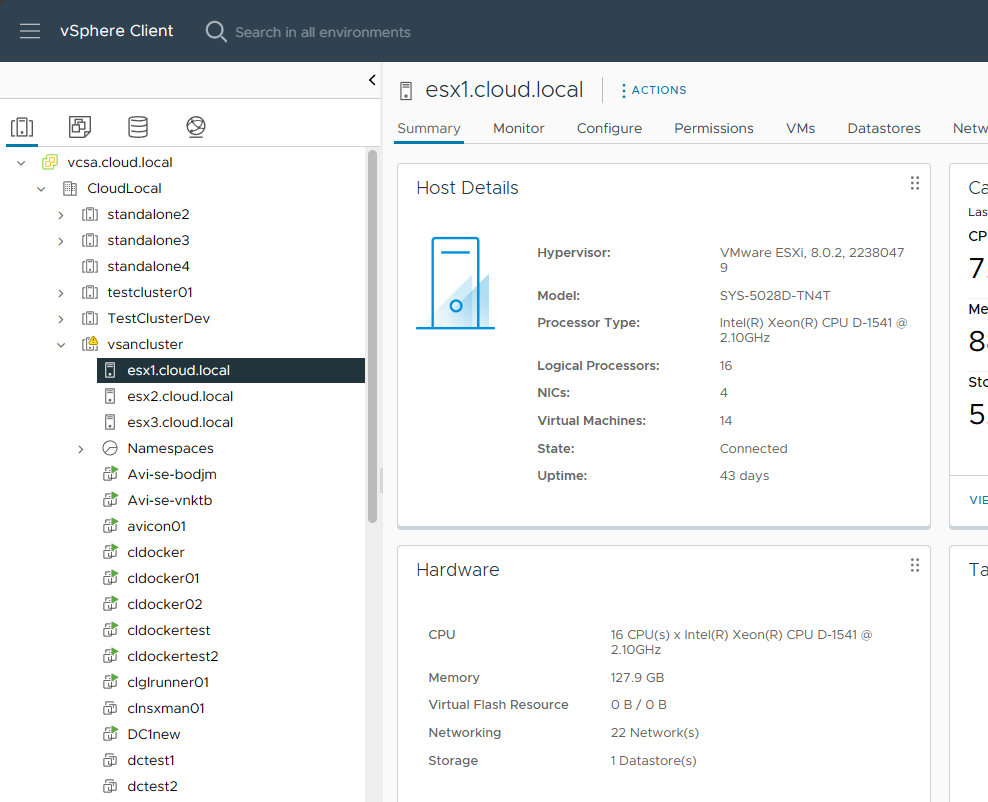
Is it easy to switch from VMware to a VMware alternative?
Transitioning to an alternative to VMware is a complex undertaking, demanding meticulous planning and technical expertise for successful execution. Additionally, individuals must transfer the skills accumulated over the years with VMware solutions to familiarize themselves with a new platform.
What are the top solutions to consider?
1) XCP-ng: Citrix hypervisor for free
XCP-ng stands out as a commendable virtualization platform that utilizes the Citrix hypervisor as its foundation, presenting a robust, open-source alternative to VMware.
Functioning as a free and open-source server virtualization platform, XCP-ng boasts numerous features. Its management structure closely mirrors that of VMware vCenter Server and ESXi. Much like vCenter, XCP-ng employs Xen Orchestra as its equivalent, offering enhanced management functionalities.
To deploy the Xen Orchestra appliance, simply access the XCP-ng host IP address and initiate the appliance deployment process.
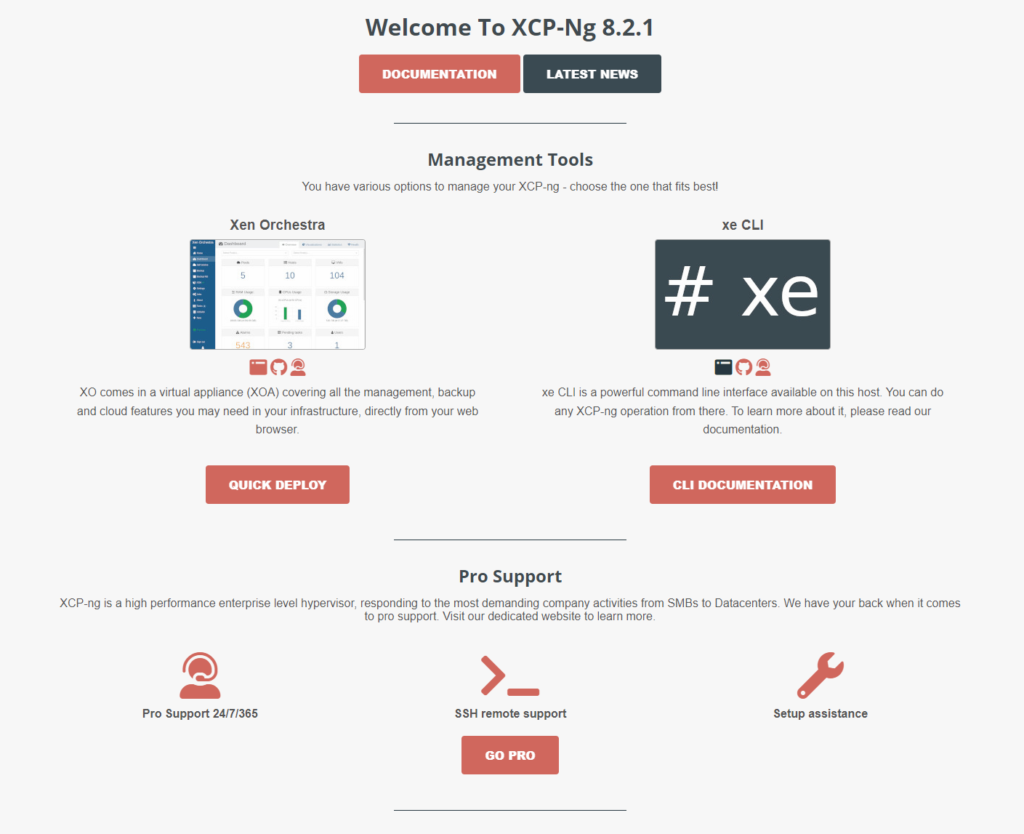
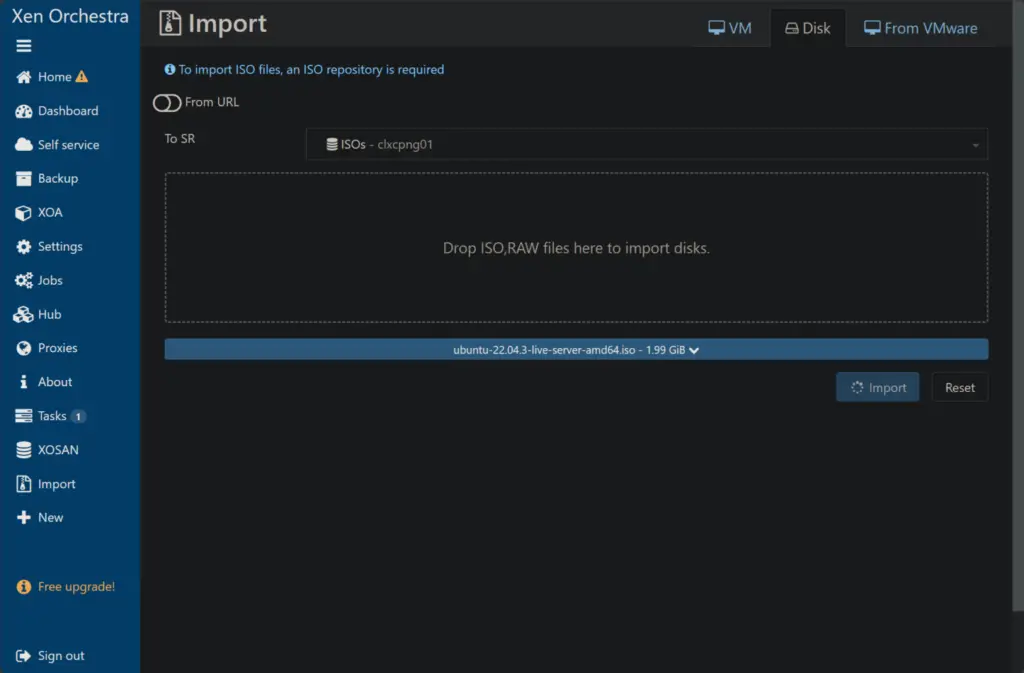
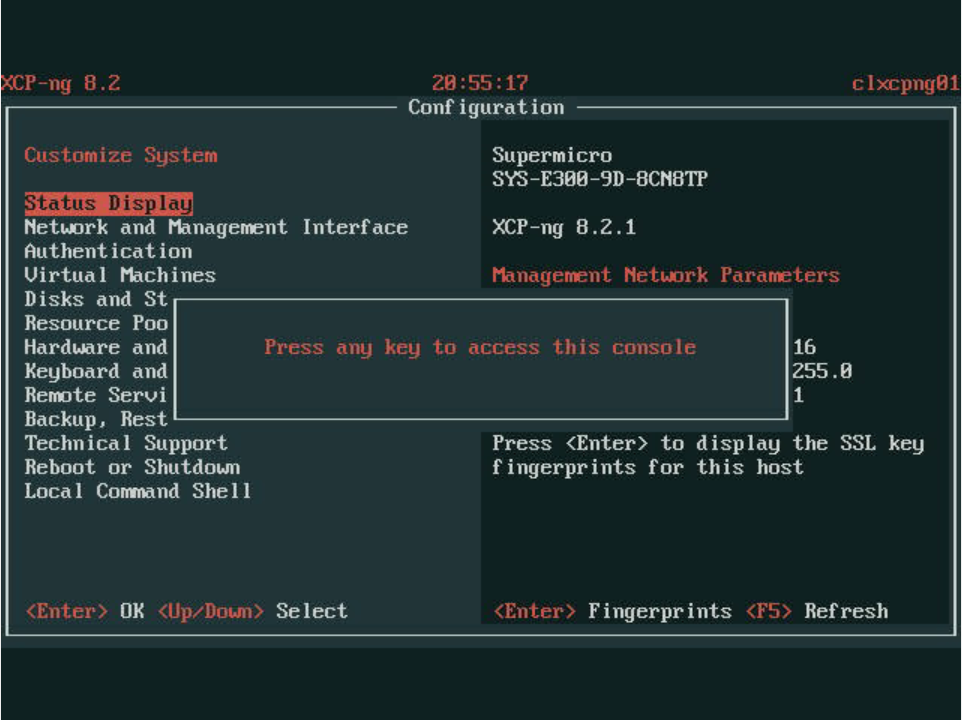
XCP-ng live migration, encryption and VMware import
XCP-ng boasts live migration capabilities, allowing the seamless movement of VMs, even during server migrations. This feature is essential for those transitioning from VMware, providing the crucial ability to migrate virtual machines on the fly without disrupting their ongoing operation—a hallmark of modern virtualization practices.
Additionally, XCP-ng offers robust security features such as encrypted virtual machines and support for TPM devices.
Moreover, the Xen Orchestra interface incorporates a VMware migration tool, facilitating the effortless transfer of VMs from VMware to the XCP-ng platform.
2) Proxmox VE: Gaining traction
Proxmox VE, an open-source virtualization platform, has been increasingly popular, particularly within home lab communities. Notably, it serves as a compelling alternative to VMware, and businesses have the option to acquire enterprise support as well.
In contrast to VMware ESXi, Proxmox VE is freely available with full access to enterprise features, excluding support. Proxmox allows you to operate virtual machines, establish host clusters, employ shared storage, seamlessly migrate virtual machines, utilize the complimentary Proxmox Backup Server for backup solutions, and offers various other features and capabilities.
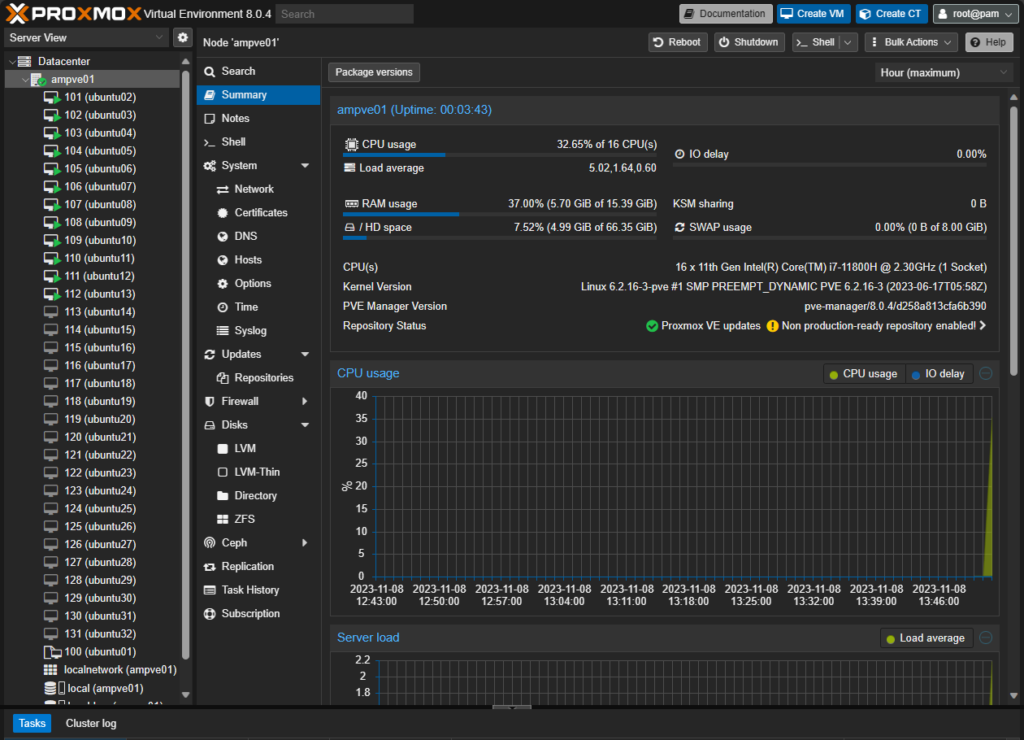
Proxmox Virtualization and Containers
Proxmox employs kernel-based virtual machines to execute VMs and utilizes LXC container technology, enabling it to support both virtual machine and containerized workloads. Additionally, you have the option to employ Docker directly on the host or within a virtual machine configured as a Docker host.
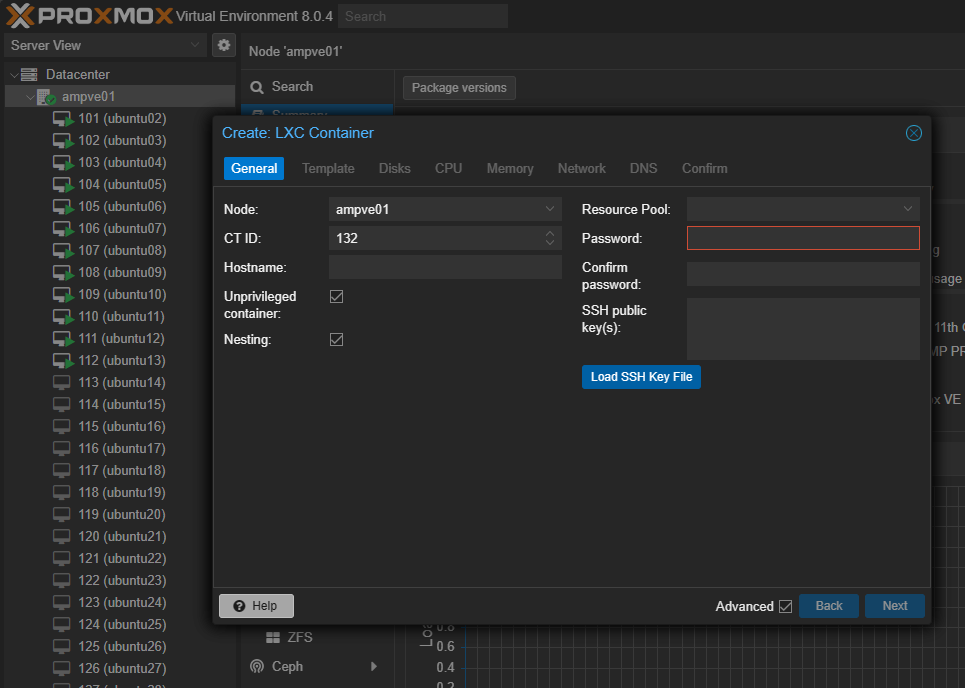
3) Hyper-V: the old Microsoft standby
For an extended period, Hyper-V has served as Microsoft’s virtualization solution, establishing itself as a key player in the virtualization realm, directly challenging VMware. More recently, Microsoft has transformed Hyper-V into Azure Stack HCI, a cloud-managed solution designed for on-premises deployment.
Users can generate virtual machines that operate Windows on x86-64 systems through this platform. Hyper-V seamlessly integrates with both Windows Server and client operating systems by utilizing the Integration tools incorporated into the Windows OS.
Despite its capabilities, Hyper-V may not be the preferred choice for those seeking alternatives to VMware, given the trajectory Microsoft is taking with Hyper-V. The conventional Hyper-V appears to be a discontinued product, as evidenced by the absence of a Hyper-V Server in Windows Server 2022. Instead, it seems that Microsoft is leaning towards the Azure Stack HCI model.
Nevertheless, individuals with strong affiliations with Microsoft, and who already possess Datacenter licensing, may find it advantageous for running virtual machines and containerized workloads.
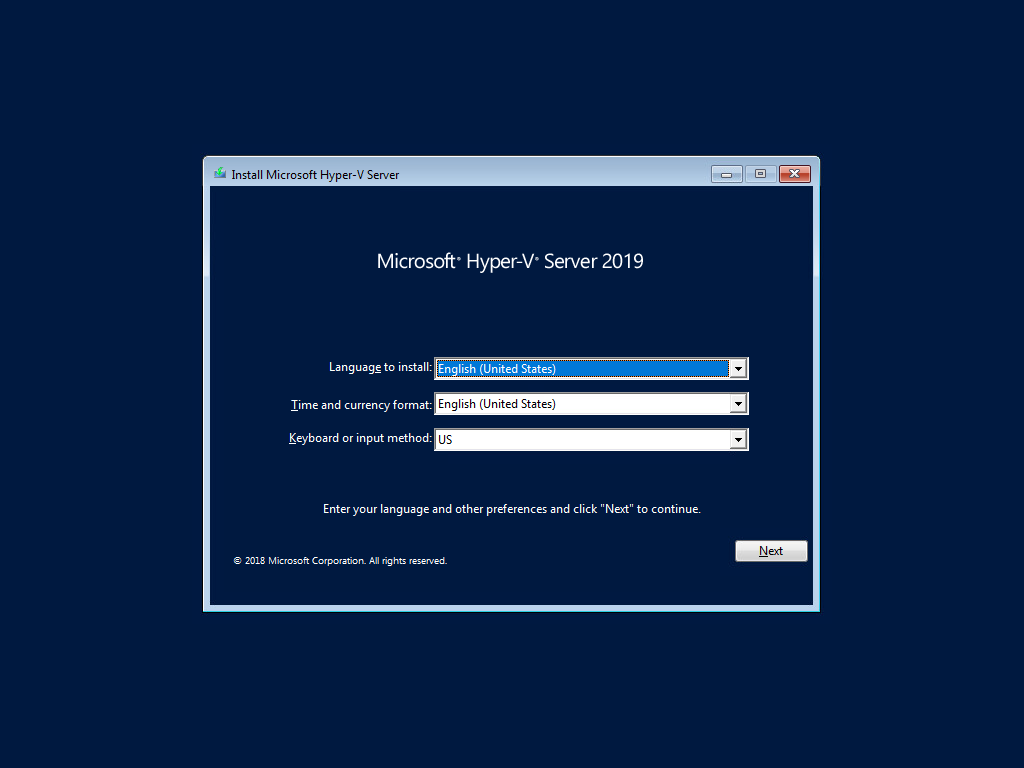
4) Linux KVM: vanilla Linux virtualization
Kernel-Based Virtual Machine (KVM) stands as an alternative Linux-based platform designed for virtual machine deployment. This open-source solution transforms your Linux server into a hypervisor, enabling the concurrent operation of multiple virtual machines that leverage shared hardware resources, each equipped with its own operating system.
Renowned in the virtualization landscape, Red Hat virtualization employs KVM as its hypervisor, solidifying KVM’s standing as a robust platform for running virtual machines with support from the open-source community.
Opting for a more straightforward virtualization approach using KVM involves installing Ubuntu Server or any preferred Linux distribution of your choice, integrating KVM, and swiftly initiating your virtualized environment.
5) Cloud IaaS and Kubernetes: Agile and Scalable Virtual Resources
The widespread embrace of Cloud Infrastructure as a Service (IaaS) is evident, especially among enterprises aiming to exit the traditional data center model involving the purchase of hardware and self-hosting services and connectivity.
The concept of a “pay-as-you-go” model appeals to numerous businesses, offering an alternative to the substantial capital expenditures that have been customary for many decades.
The transition to Cloud IaaS reflects a larger movement towards digital transformation, enabling companies to swiftly deploy virtualized workloads with increased flexibility.
Embracing the Cloud: How IaaS Stands Up to Traditional VMs
Cloud Infrastructure as a Service (IaaS) addresses certain constraints associated with conventional virtual machines by providing a diverse array of services that can be swiftly deployed. Thanks to its adaptability and the ability to scale services instantly, Cloud IaaS platforms have emerged as the preferred environment for hosting both traditional virtual machines and containers.
Amazon, Google, and Microsoft each have their own solution for cloud IaaS.

These services deliver many of the features of VMware ESXi without the limitations of physical infrastructure.
Other solutions to mention
While this post emphasizes open-source, there are many other great options, including some other enterprise-paid solutions and others that are open-source. Note the following:
- Nutanix AHV
- Redhat Openshift virtualization
- Openstack, (Microstack from Canonical)
- SmartOS and others
Frequently Asked Questions
What’s different about Proxmox from VMware’s vSphere?
What sets Proxmox apart from VMware’s vSphere is its integration of KVM virtualization and LXC containers, allowing the deployment of both virtual machines and containers in a unified solution. Unlike VMware vSphere, Proxmox is open source, fostering a community-driven approach that appeals to those seeking customizable infrastructure without proprietary software.
How does XCP-ng manage virtual resources?
XCP-ng efficiently manages virtual resources through its open source platform, offering comprehensive tools accessible via a web interface, command line, and Xen Orchestra, simplifying the deployment and administration of virtual environments.
What is Hyper-V live migration?
Hyper-V live migration, a feature in Hyper-V, facilitates the seamless movement of running virtual machines between servers without downtime. This capability is crucial for tasks like hardware maintenance, load balancing, and disaster recovery.
Can Linux KVM run Windows-based virtual machines?
Linux KVM is compatible with Windows-based virtual machines, allowing organizations with mixed OS environments to benefit from KVM’s open source advantages while running Windows applications.
What makes Cloud IaaS a viable alternative?
Cloud Infrastructure as a Service (IaaS) presents a compelling alternative due to its scalability, allowing businesses to adjust resources dynamically without the upfront investment in physical hardware. This flexibility is particularly advantageous compared to traditional on-premises solutions like VMware.
How does the adoption of open source software impact vendor lock-in concerns?
The adoption of open source software mitigates concerns about vendor lock-in, as many Linux-based virtualization solutions, including KVM, offer a standard platform, easing the transition between different providers.
Do the free versions of these VMware alternatives offers live migration and high availability?
Free versions of VMware alternatives such as Proxmox, XCP-ng, and KVM often include features like live migration and high availability. However, organizations should check individual solutions, as accessing enterprise-level support and additional management features may require a subscription.
What are the key considerations for migration away from VMware?
Key considerations for migrating away from VMware include evaluating existing hardware compatibility and comparing features of alternative solutions. Proxmox and KVM, for example, provide extensive support for multiple operating systems and offer many enterprise features for free.
How can businesses maintain security when transitioning to a VMware alternative?
Ensuring security during the transition to a VMware alternative requires thorough research into performance and security features. Organizations should scrutinize compatibility with existing workloads and assess feature parity, including crucial metrics like security.


